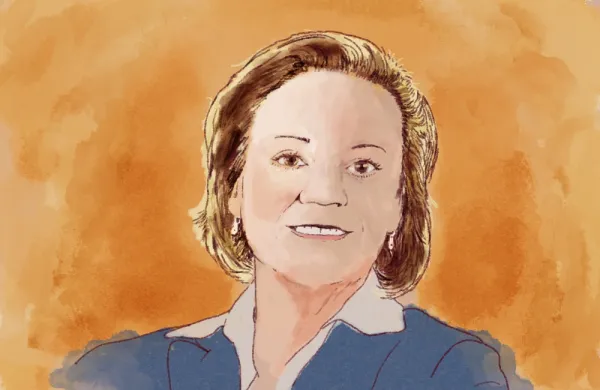Family offices have been making changes to their fixed-income holdings to lock in value in anticipation of rate cuts.
Where just last year the near majority of families (49 percent) reported average durations of less than two years across their fixed-income portfolios, 72 percent say their average duration is now three-plus years, according to data from Goldman Sachs’ 2025 Family Office Investment Insights report, which was published last week.
And those decisions are proving valuable. The Federal Reserve cut rates by a quarter point, the first since December 2024, signaling that it may make two additional cuts this year.
In 2023, 20 percent of respondents to the survey said that their average current portfolio duration was less than a year, with a further 29 percent saying that duration was between one and two years. In the most recent data set, only 7 percent said average fixed-income duration was less than a year.
A whopping 57 percent, however, said that duration was now between three and five years on average, up from 39 percent two years ago.
The report also said that allocation from families to fixed income rose by a percentage point this year.
“What this shows is that family offices got ahead of what is now consensus by repositioning their fixed-income portfolios in order to lock in rates over the past six to eight months,” said Sara Naison-Tarajano, co-head of the One Goldman Sachs Family Office Initiative. “We don’t know exactly, but that seems to have been a really smart move. There are people that are now trying to do that too, but it is a very different rate picture now.”
In 2023, the federal funds rate was as high as 5.50 percent.
Last Thursday, Reuters reported that a further rate cut had been fully priced in, and according to a Reuters poll there is an expectation that it will fall as low as 3.00 to 3.25 percent in the second half of 2026.
This would mean that families have locked in opportunistic yields on fixed income that likely won’t be available during the next six months. “It is smart; they are probably marking up nicely on their fixed income portfolios,” said Naison-Tarajano.
The general picture presented by the survey’s data is one of a risk-on attitude, she added, with 34 percent planning to reduce their allocations to cash, 39 percent investing in more private equity, and 38 percent increasing exposure to equities. The percentage of respondents who were overweight technology was also up 15 percent from last year.
Interest in AI was unsurprisingly up, with only 7 percent of respondents stating that they are not interested in using the technology in their investment process. The vast majority of family offices (86 percent) have some sort of investment in AI, although the report suggested that this number is likely understated.







